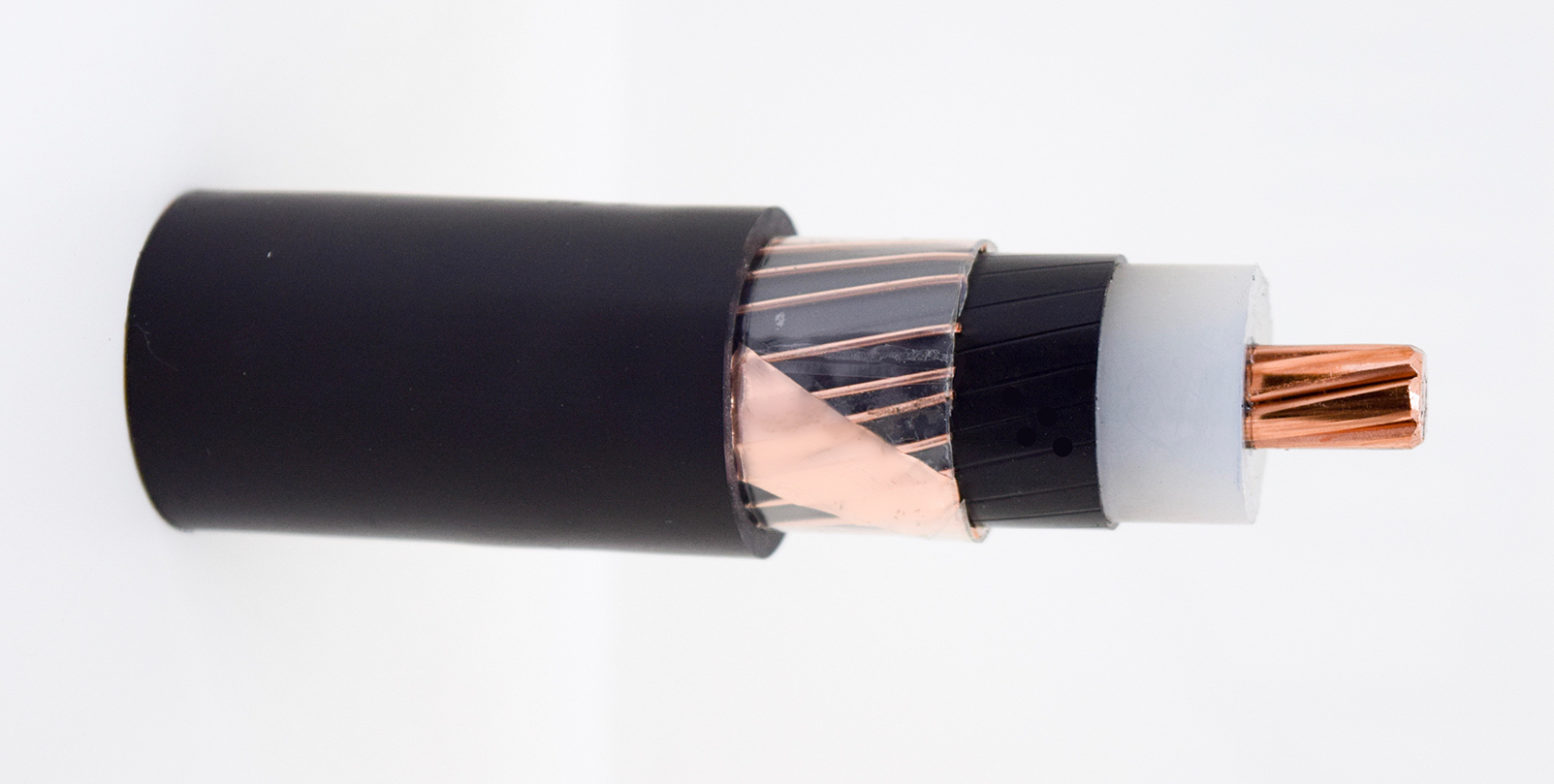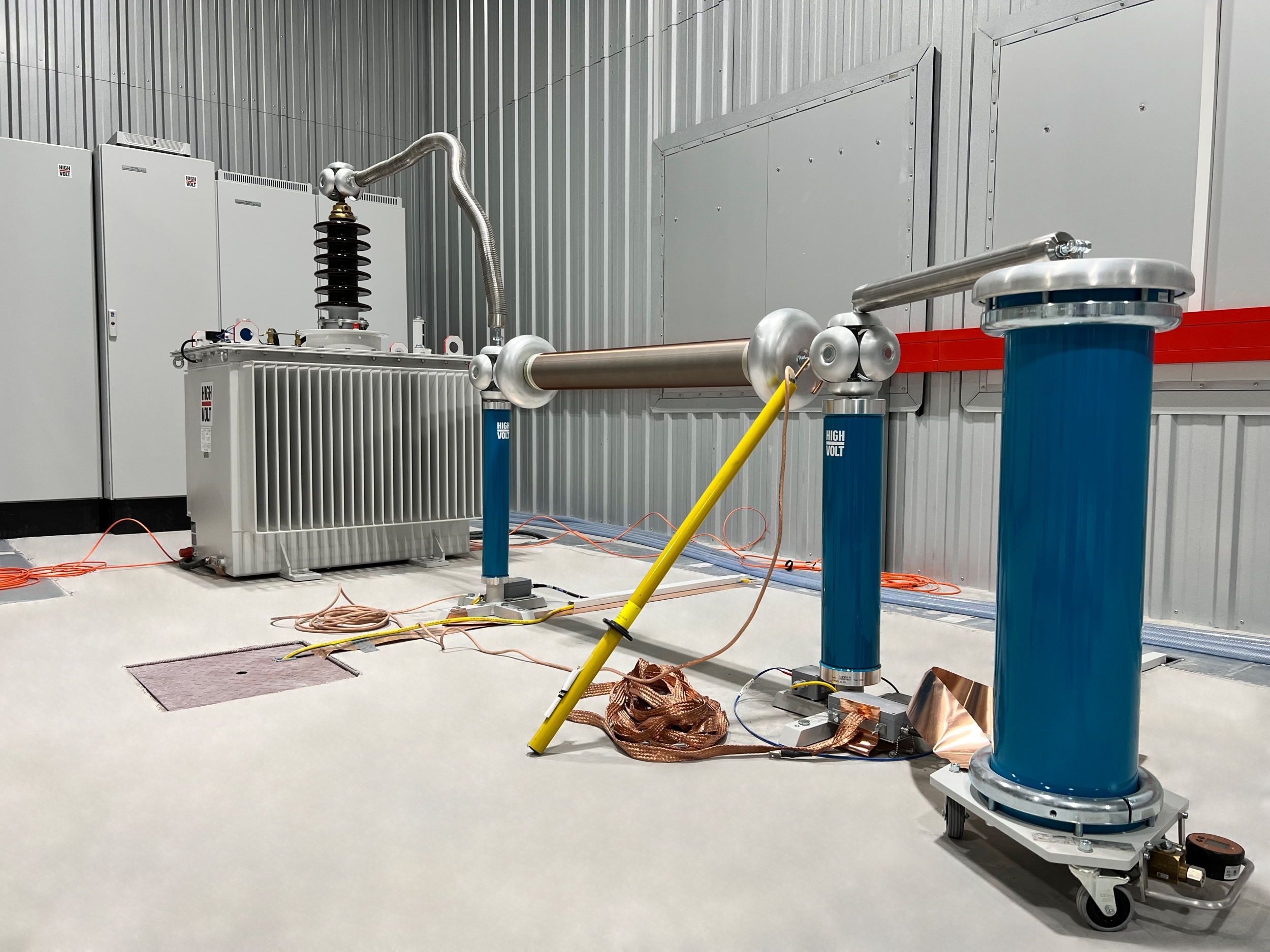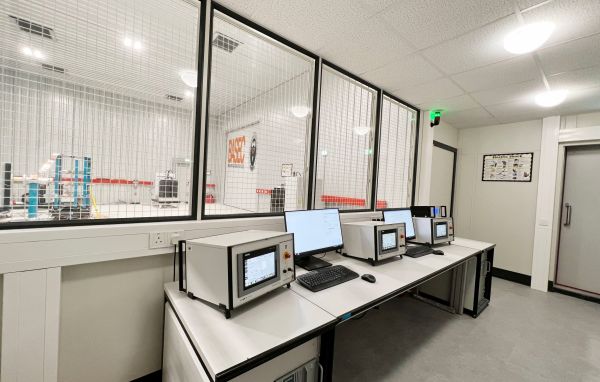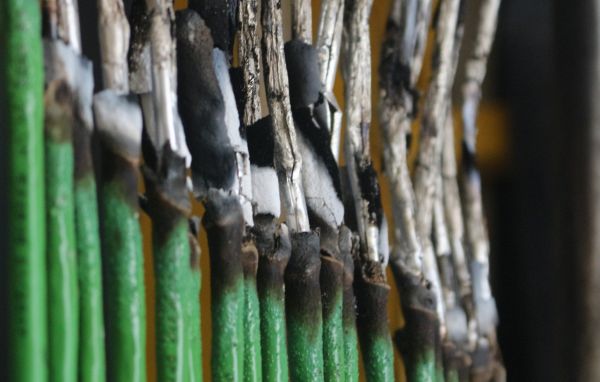An insight into the MV Cable Distribution Network, Faults, Maintenance and why you should look for BASEC Product Approval
Medium Voltage (MV) Cables are a major component in electrical distribution networks and are widely used to distribute the power throughout larger electrical network chains. MV Cables have complexities in construction and materials, which requires testing for high-performance characteristics.
While on the other hand, it must also be built to prevent electrical faults from occurring and reduce frequent maintenance problems over the life of the cable. This is where a third-party certification body play a critical role; ensuring quality processes at cable manufacturers, providing end users with less maintenance to lower operational costs and ultimately safeguarding increased longevity of the cables.
MV Cable Distribution Network
MV Cable Distribution encompasses a vast electrical network and volume of MV cables, typically using multiple thousands of kilometres in any given city. The commonly used voltage grade is 33kV and 11kV for distribution from the electrical substation to end user applications such as Residential Towers, Commercial Complexes, Malls, Hospitals, Hotels, Schools and Colleges, almost everywhere. All the power that we, as end users, consume is distributed through the MV Cable distribution network. So, distribution networks must be robust and MV cables largely play and an important role in ensuring it. Electrical utilities operate the power distribution chain within localised areas and are responsible for converting it into a smart grid. Although end consumers do not directly deal with MV cable, they are connected to distribution networks and are largely dependant on utilities to distribute the power to their premises.
An electrical network with less maintenance, reliable operation and lower operating cost is desirable. But it must be ensured at the first instance with quality electrical devices procured, including MV cables. As the MV cable ages, the risk of maintenance problems increases in a regular operation. It is observed in case of poor workmanship from the Original Equipment Manufacturer, OEM, in manufacturing of the MV cables. To increase the operational life of MV cables, it has to be backed with sound manufacturing practices, quality testing and surveillance factory audits by an independent third-party.

Faults and Maintenance in MV Cable Distribution
Multiple faults could be recurring in a distribution network related to MV cables leading to frequent maintenance over the period. This can lead to partial or complete blackout if faults are severe. Imagine a power shutdown in a critical application such as a hospital, which can be easily avoided with stringent acceptance practices during MV cable procurement. This costly loss of time or downtime in an electrical network breakdown is much higher than third-party certified cables. The poor quality of cables from unaudited factories can result in a fault during installation, testing and early operations after the cable is energised.
The extra stress on the insulation of MV Cables during the earth fault can reduce the life of the cable to a certain degree, which is also widely dependent on the materials manufacturing process. The insulation level (thickness) supports the rated voltage of cables, and it should be suitable for the operating conditions of an electrical system. The max operating temperature of 90°C for XLPE insulated cables and short circuit temperature of 250°C is based on the intrinsic properties of the insulating material. The electrical field should be smooth and radial within the insulation and supported by the conductor screen and insulation screen in MV cables. A protrusion can affect the semiconducting screens as the space magnitude increases towards protrusions and voids, leading to higher electric stress, which in turn decreases the breakdown voltage.
Poor cable production processes can lead to manufacturing defects and further result in disturbed electrical fields, high partial discharge, and finally resulting in electrical insulation breakdown. It happens slowly, forming water trees in the Insulation of MV Cables over the period during operation. Therefore, tree retardant (TR) XLPE insulation is used to slow down the growth of water trees inside the insulation. The thermal stresses caused by poor quality materials used in cables degrade the electrical strength of MV cables.
The transient voltage variation due to lighting impulses, fault conditions and rapid disconnection of loads can impact cable operations, putting more stress on the cable insulating system. The metallic screen in an MV cable can be either copper tape or a copper wire screen. It is important to check the metallic screen capacity for an earth fault to avoid fusing the screen, which could happen as a result of spiking, local heating at fault position or resistance to a fault. The checks on metallic screen, the material quality, DC resistances or screen area, short circuit capabilities, and manufacturing processes are important for the wider role of quality MV cables in the distribution system.
There are numerous ways for faults and failures to occur in MV Cables and, subsequently, the MV distribution network, if correct actions are not taken to verify the quality of MV cables for use in the network. The cost of repeated maintenance activity can be significantly reduced when cables from audited factories are procured, ensuring quality and reliability in the long run.
Limitations of MV Cable Third Party Type Testing
Conventionally only third-party type test reports were asked for by utilities or end-users when procuring MV Cables. This practice continues to take place in some parts of the world, including the MENA region, where Distribution Network Operators ask for type test reports to be submitted from within the last 5 to 10 years. Though a type test checks for performance characteristics of an MV Cable, a type test conducted 5 or 10 years back is not sufficient for current supplies.
Over the period, changes in the composition of raw materials can happen due to a wider variety of raw materials suppliers being used for the same materials, which can affect cable quality.
The compatibility of different materials forming the component of a cable can have an unduly adverse effect on each other. The international cable standards such as IEC or BS have provisions of Routine, Sample and Type Test for MV cables coming out of a cable factory, but are they followed strictly? The mere factory acceptance test (FAT) to witness some limited and basic tests in 2-3 days can’t really help to ensure quality for cables, as the long duration tests remain unchecked and the cable is at risk of not being properly performance checked. The most critical factor in ensuring quality and reliability for 100% of cables produced is manufacturing processes in cable factories. The factories audited by third-parties for processes ensure the product meets requirements for longevity and better quality. The routine cable sample selection and testing at third-party laboratories has an impact on compliance by undertaking stringent tests listed under relevant standards.
Why BASEC Product Approval Certification for MV Cables
MV cables have a complex cable construction compared with typical LV power cables. The manufacturing processes are different, involving triple extrusion for conductor screen, insulation, and insulation screen in CCV line. Some MV cable constructions ask for radial and longitudinal water tightness in the conductor and/or metallic screen area, while some ask for TR XLPE insulation. The criticality of the application of MV cables, their voltage levels, the occurrence of short circuits through metallic screens during operation is crucial.
BASEC product approval involves a 5 year certification cycle, with a minimum of 10 surveillance audits and routine testing on samples throughout the years. The sequential electrical tests follow in the same type of insulating system once in 5 years, while all other material, chemical, electrical, mechanical and fire tests are performed on a regular basis on random and multiple samples from cable factories. BASEC product approval can uniquely cover all three major design standards for MV cables – IEC 60502-2, BS 6622 and BS 7835, combining similar tests. Analysis of materials at the composition level is performed through TGA/FTIR test for MV cables and a database is created. Any changes in raw material supplies of the same material can easily be detected in the next routine sample test.
The cost of volumes of MV cables used in projects, their criticality, and high operational cost due to frequent maintenance and downtime are much higher than the cost of certified cables used in the first place while procuring. As a third-party certification body BASEC ensures cable quality from manufacturing factories and verifies it through stringent tests and rigorous audits. The BASEC mark can only be put on MV cables under the product approval certification scheme for MV cables.

The new BASEC MV cable laboratory in Dubai (pictured above), provides a boost to the MENA region by being easily accessible, saving time and freight costs. BASEC offers witnessing facilities to cable manufacturers and their end clients. So, when your project requires MV cables, always ask for cables that have the BASEC mark for peace of mind and compliance.
Contact the team today to discuss your Medium Voltage cable testing and certification requirements.




